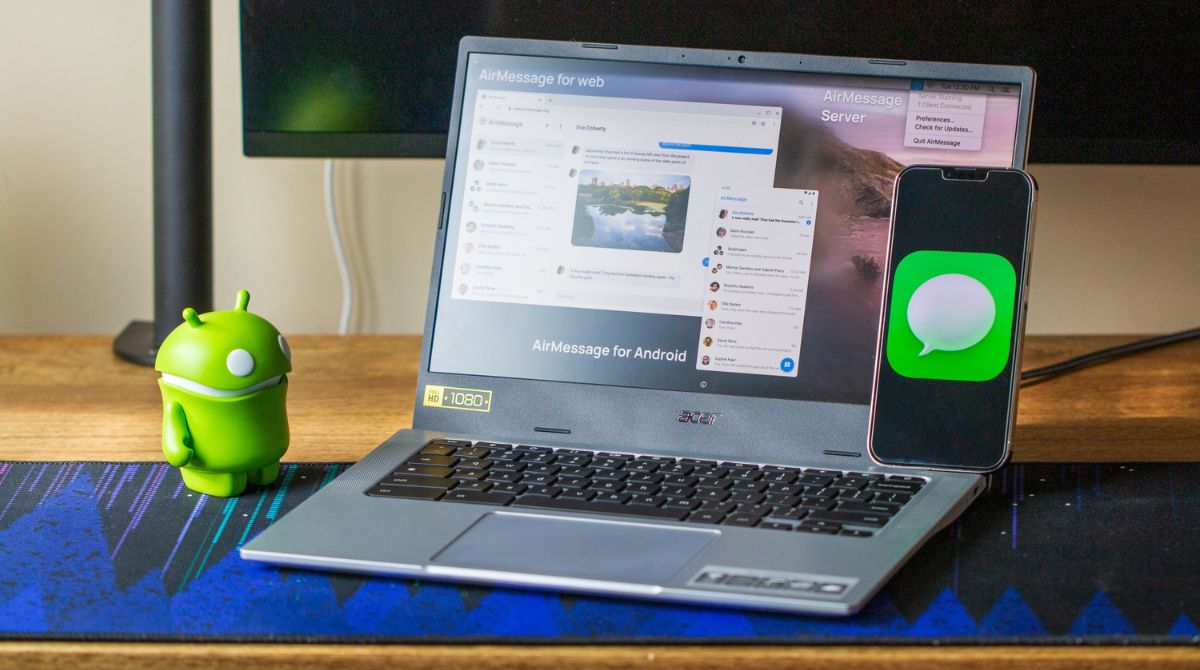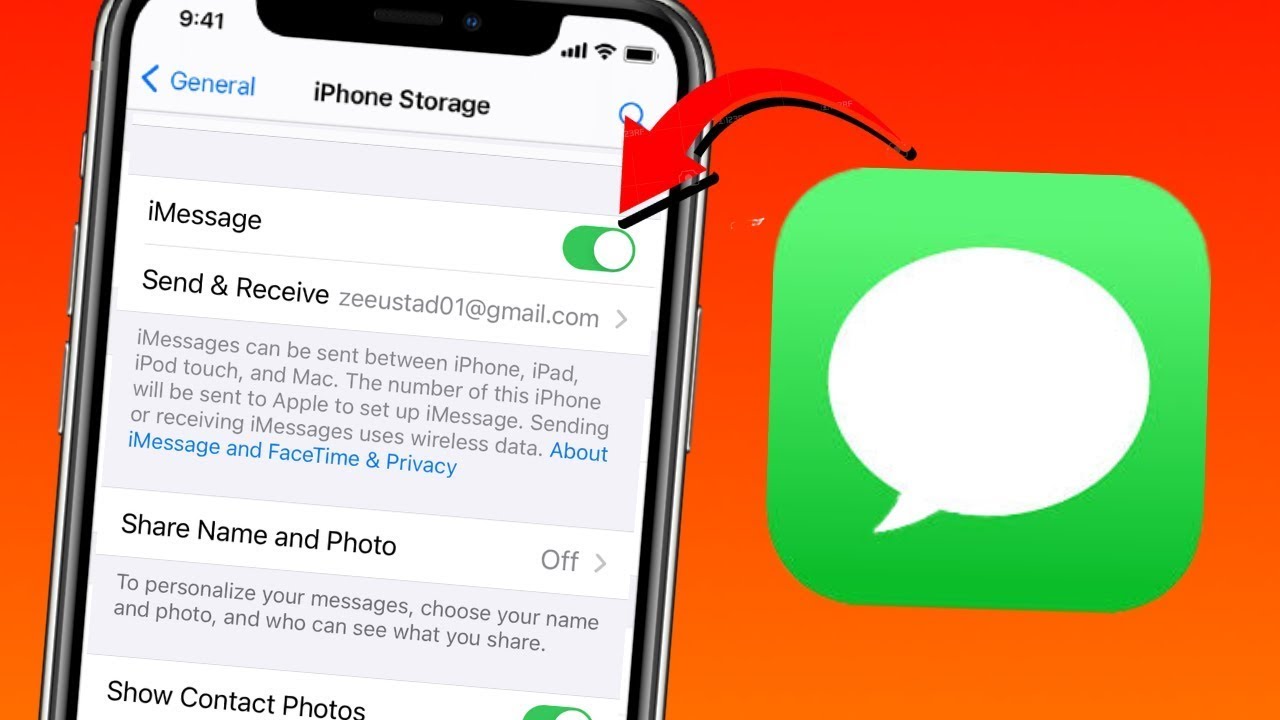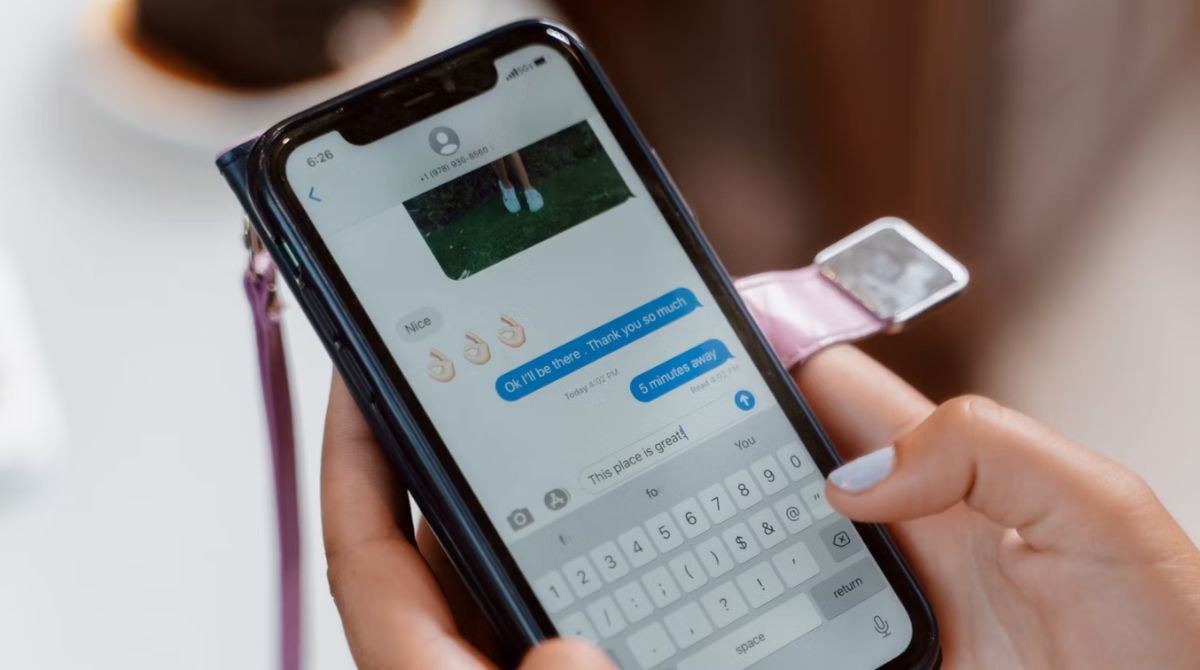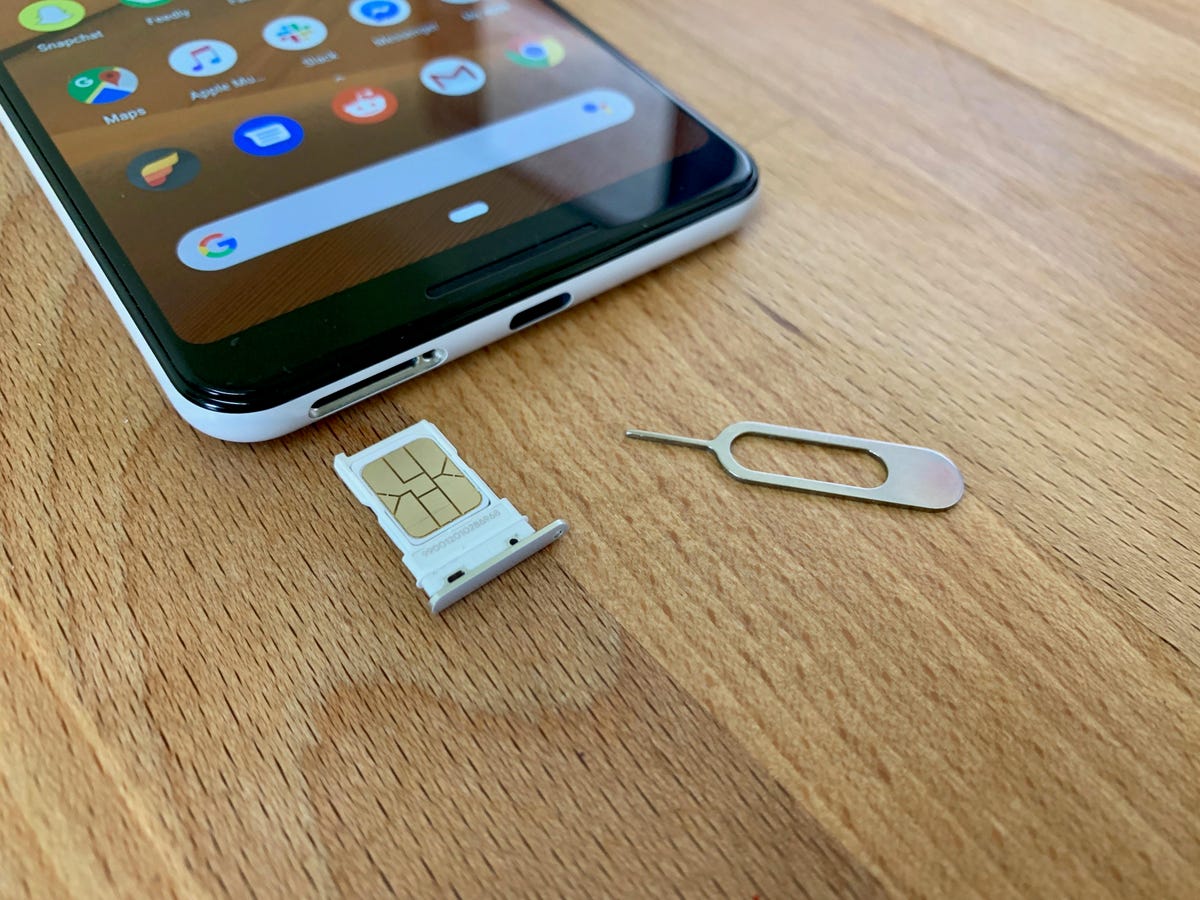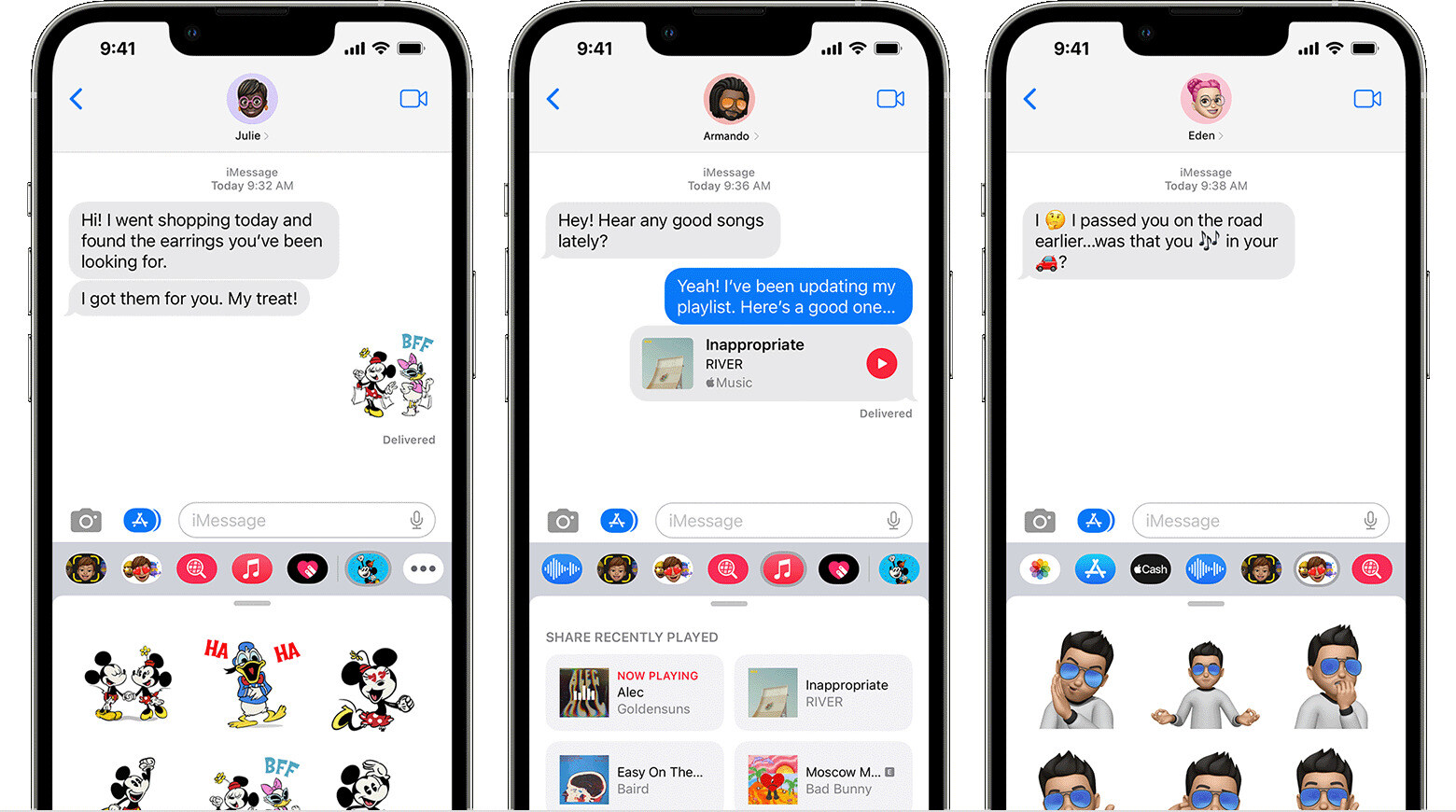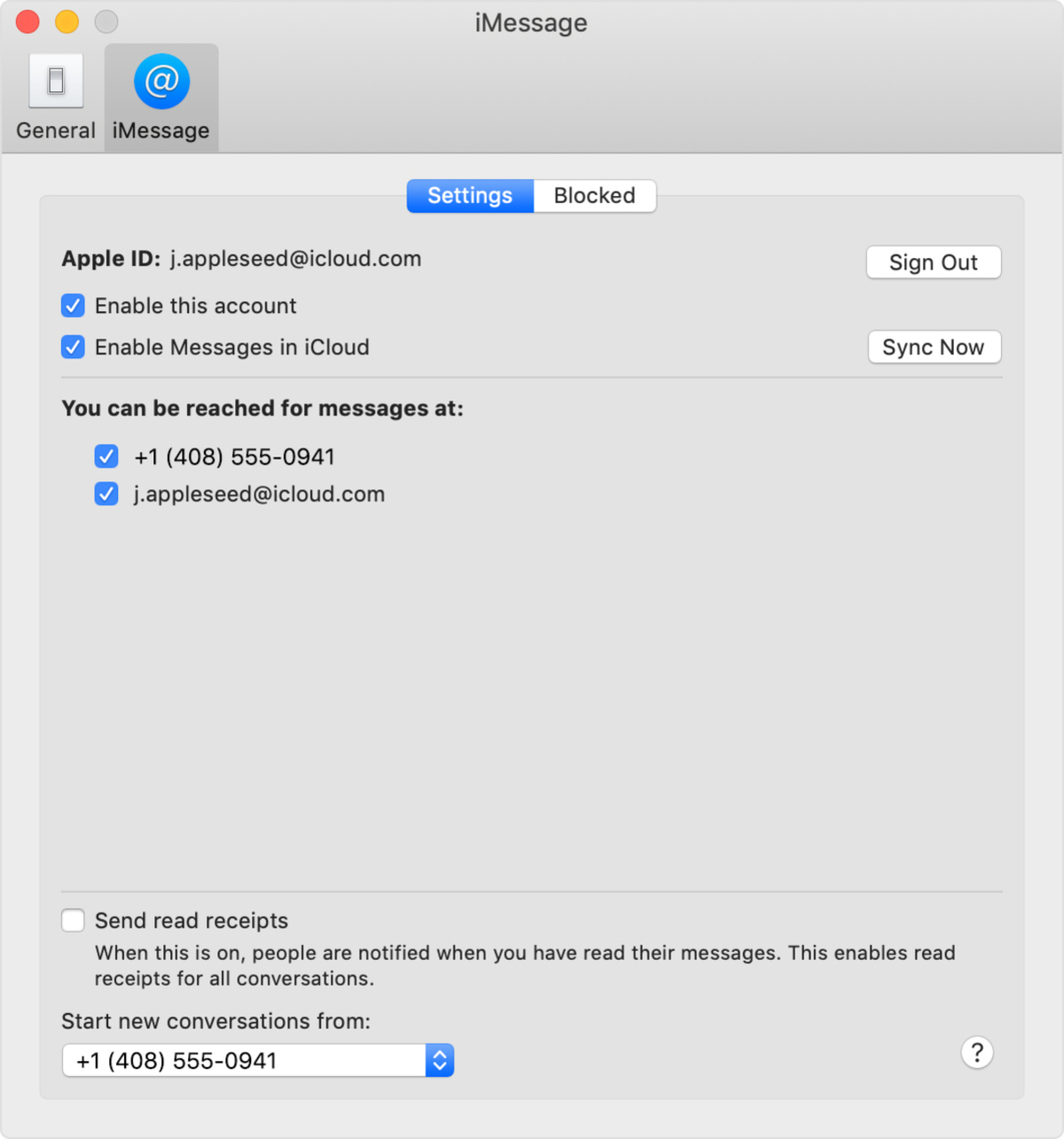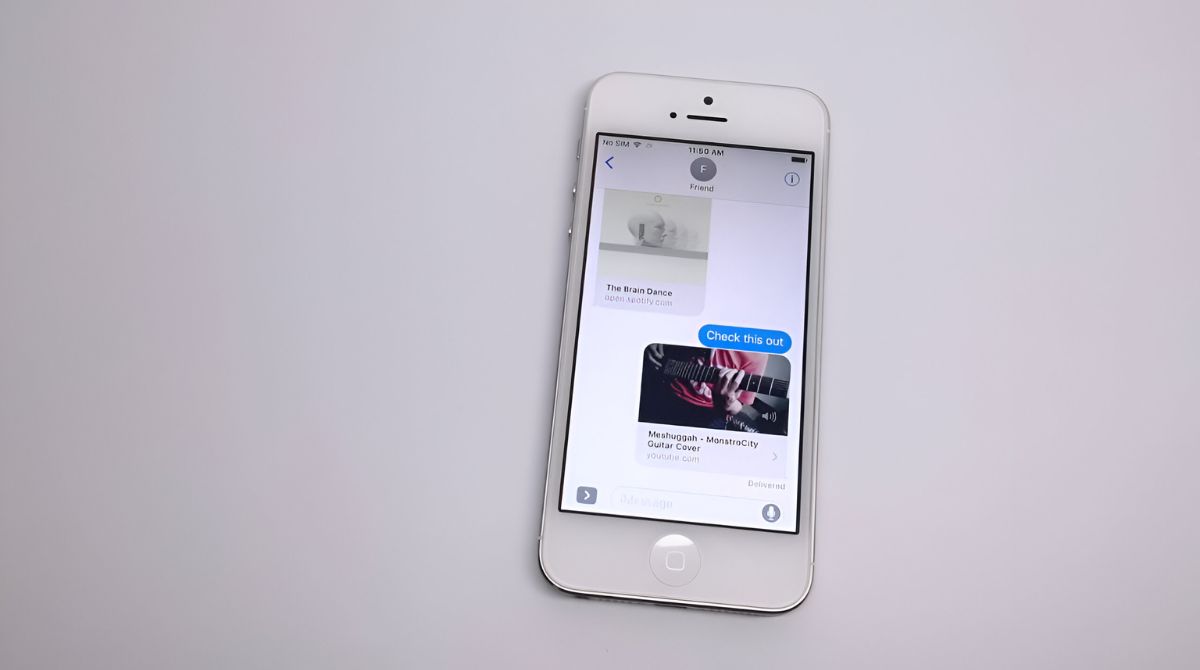Introduction
With the growing popularity of Chromebooks, many users find themselves wondering if they can use iMessage on their device. iMessage, Apple’s proprietary messaging service, is a convenient and feature-rich platform that allows users to send messages, photos, videos, and more.
While iMessage is primarily designed for Apple devices such as iPhones, iPads, and Macs, there are ways to use iMessage on your Chromebook as well. In this article, we will explore various methods that will allow you to access iMessage on your Chromebook and stay connected with your friends and family.
Before we delve into the methods, it’s important to note that using iMessage on a Chromebook may require some additional setup or the use of third-party applications. While these methods may not provide the exact same experience as using iMessage on an Apple device, they can serve as suitable alternatives for Chromebook users.
So, if you own a Chromebook and are eager to find out how to use iMessage on it, keep reading to discover the different methods available to you. Whether you want to access iMessage through remote desktop software, an Android emulator, or a third-party app, we’ve got you covered with step-by-step instructions.
Method 1: Using the Chrome Remote Desktop
One way to access iMessage on your Chromebook is by using the Chrome Remote Desktop feature. This method allows you to remotely access your Mac computer from your Chromebook, essentially providing you with a virtual Mac experience.
Here’s how you can set it up:
- Make sure you have a Mac computer with iMessage set up and connected to the internet.
- On your Chromebook, open the Chrome browser and install the Chrome Remote Desktop extension from the Chrome Web Store.
- Once the extension is installed, launch it from the apps launcher by clicking on its icon.
- Follow the on-screen instructions to set up remote access. This will involve installing an additional client application on your Mac computer.
- After the setup is complete, you’ll see a list of available computers. Select your Mac from the list and click on the “Connect” button.
- Enter your Mac’s login credentials, such as username and password, to establish the remote connection.
- Once the connection is established, you’ll be able to access your Mac’s desktop on your Chromebook. From here, you can open the iMessage app and use it as you would on a regular Mac.
Using the Chrome Remote Desktop method allows you to access not only iMessage but also other Mac-specific apps and features. However, keep in mind that this method requires your Mac computer to be powered on, connected to the internet, and accessible from your Chromebook.
It’s worth noting that using a remote desktop connection may introduce some lag or delays, depending on your internet connection speed and the distance between your Chromebook and Mac computer. So, if you require a seamless, real-time messaging experience, consider exploring the other methods mentioned in this article.
Method 2: Using an Android Emulator
If you own a Chromebook that supports running Android apps, you can utilize an Android emulator to access iMessage. An emulator mimics the Android operating system on your Chromebook, allowing you to install and use Android apps.
Here’s how you can use an Android emulator to access iMessage:
- Ensure that your Chromebook supports running Android apps. You can check this by going to the Settings menu, selecting “Apps,” and looking for the option to enable Google Play Store.
- If the Play Store is not enabled, follow the on-screen instructions to enable it and sign in to your Google account.
- Once the Play Store is enabled, search for an Android emulator app like “Bluestacks” or “NoxPlayer” and install it on your Chromebook.
- Launch the Android emulator app and set it up by following the on-screen instructions.
- After the emulator is set up, open the Play Store within the emulator and sign in to your Google account.
- Search for the iMessage app in the Play Store and install it on the emulator.
- Once the installation is complete, you can launch the iMessage app within the Android emulator and set it up using your Apple ID and password.
Using an Android emulator provides a convenient way to access iMessage on your Chromebook. However, it’s important to note that this method relies on third-party software and may not offer the same seamless experience as using iMessage on an Apple device.
Additionally, compatibility and performance may vary depending on the specific Android emulator you choose and the capabilities of your Chromebook. It’s recommended to research and try different emulators to find the one that works best for your needs.
Method 3: Using a Third-Party App
If the previous methods are not suitable for your needs, you can explore the option of using a third-party app to access iMessage on your Chromebook. These apps are specifically designed to bridge the gap between Apple’s iMessage and non-Apple devices.
Here’s how you can use a third-party app to access iMessage:
- Search for a reputable third-party app that provides iMessage functionality on Chromebooks. Examples of such apps include “AirMessage” and “PieMessage”.
- Visit the website or download the app from a trusted source.
- Follow the setup instructions provided by the app to install and configure it on your Chromebook.
- Typically, these third-party apps require you to have a Mac computer that is always running and connected to the internet. Make sure your Mac is set up and meets the requirements.
- Link your Chromebook and the third-party app to your Mac by following the instructions provided with the app.
- Login to the iMessage service using the third-party app on your Chromebook.
- You should now be able to send and receive iMessages on your Chromebook using the third-party app.
Using a third-party app offers an alternative solution to accessing iMessage on your Chromebook. However, it’s important to exercise caution and only use apps from trusted sources, as they may require you to provide personal information or grant them access to your messages.
Furthermore, keep in mind that these apps may not provide the exact same features or user experience as iMessage on Apple devices. Some functionalities, such as end-to-end encryption or certain iMessage-specific features, may not be fully supported.
Consider researching and reading reviews of different third-party apps before installing and using them on your Chromebook to ensure they meet your expectations.
Method 4: Pairing an iPhone/iPad with your Chromebook
If you have an iPhone or iPad in addition to your Chromebook, you can leverage their capabilities to access iMessage on your Chromebook. By pairing your Apple device with your Chromebook, you can sync your messages and continue your conversations seamlessly.
Here’s how you can pair an iPhone or iPad with your Chromebook:
- On your iPhone or iPad, enable iMessage and ensure that it is connected to a Wi-Fi or cellular network.
- On your Chromebook, click on the time in the bottom-right corner and select the gear icon to open the Settings menu.
- In the Settings menu, scroll down and click on “Connected devices” or “Bluetooth”.
- Enable Bluetooth if it is not already enabled.
- On your iPhone or iPad, open the Settings app and go to “Bluetooth”.
- In the list of available devices, you should see your Chromebook. Tap on it to initiate the pairing process.
- Once the devices are successfully connected, you will be able to receive iMessage notifications on your Chromebook and continue your conversations from there.
Pairing your iPhone or iPad with your Chromebook provides a seamless way to access iMessage on your Chrome OS device. It allows you to sync your messages between your Apple device and your Chromebook, ensuring you can stay connected and up to date wherever you go.
While this method primarily focuses on notifications and text-based messages, it may not provide full access to all iMessage features, such as sending media files or making audio/video calls. However, it still serves as a convenient option for those who rely heavily on iMessage for their communication needs.
Conclusion
While iMessage is primarily designed for Apple devices, there are several methods available that allow you to access iMessage on your Chromebook. Whether you choose to use the Chrome Remote Desktop, an Android emulator, a third-party app, or pair your iPhone/iPad with your Chromebook, each method offers its own set of advantages and considerations.
Using the Chrome Remote Desktop feature provides a virtual Mac experience on your Chromebook, allowing you to access iMessage and other Mac-specific apps. However, it requires your Mac computer to be accessible and may introduce some lag due to the remote connection.
Using an Android emulator enables you to install iMessage as an Android app on your Chromebook. However, compatibility and performance may vary depending on the emulator and your device’s capabilities.
Using a third-party app designed for Chromebooks grants you access to iMessage functionality, but it’s important to choose reputable options and be cautious when providing personal information.
Pairing your iPhone or iPad with your Chromebook allows you to sync and continue your iMessage conversations, ensuring a seamless experience. However, it primarily focuses on notifications and text-based messages.
Consider your specific needs and technical comfort when deciding which method to use. Keep in mind that these methods may not provide the exact same experience as using iMessage on an Apple device, but they offer suitable alternatives for Chromebook users.
By following the step-by-step instructions provided in this article, you can access iMessage on your Chromebook and stay connected with your friends and family. Explore the different methods, choose the one that works best for you, and enjoy the convenience of iMessage on your Chromebook.







